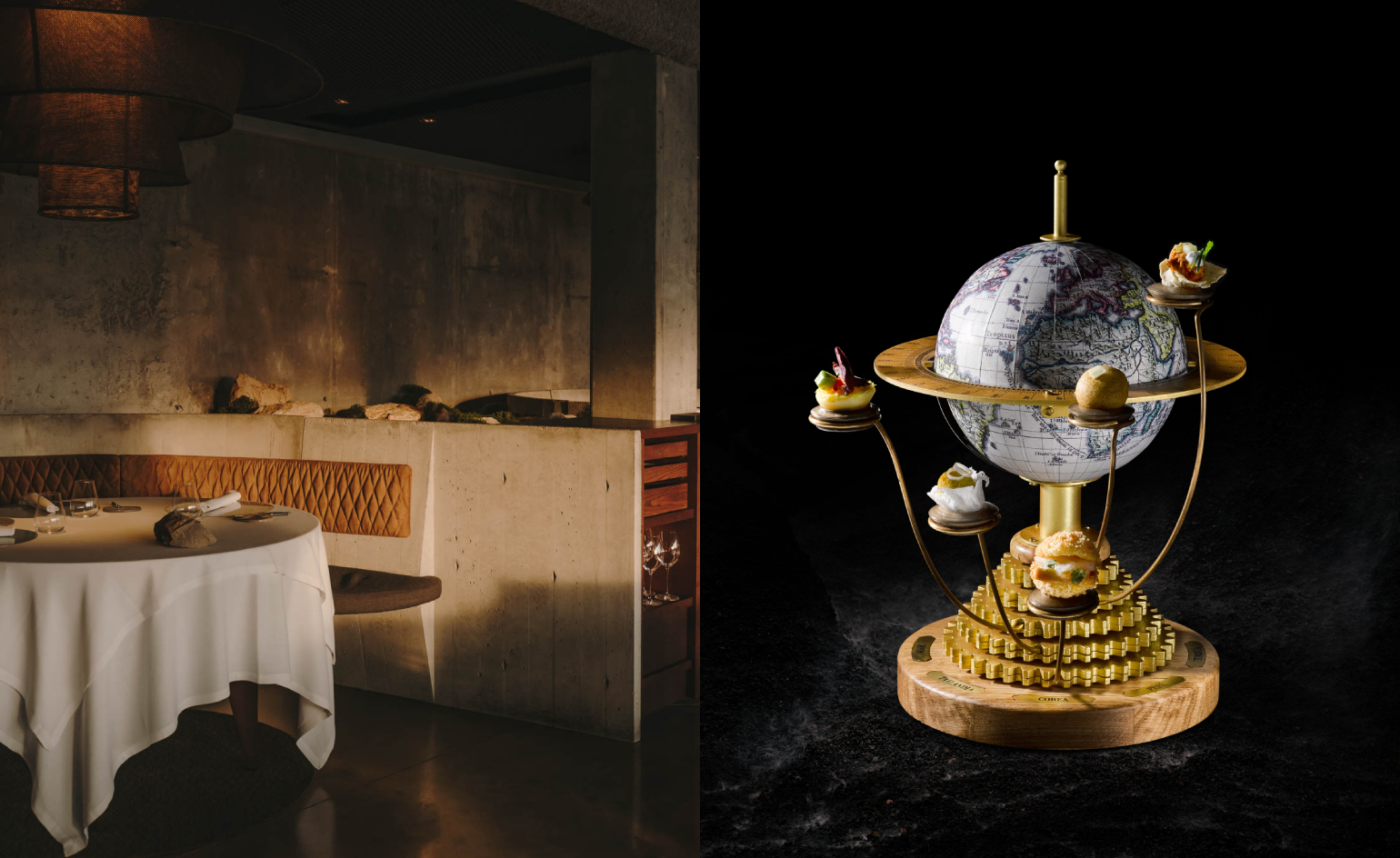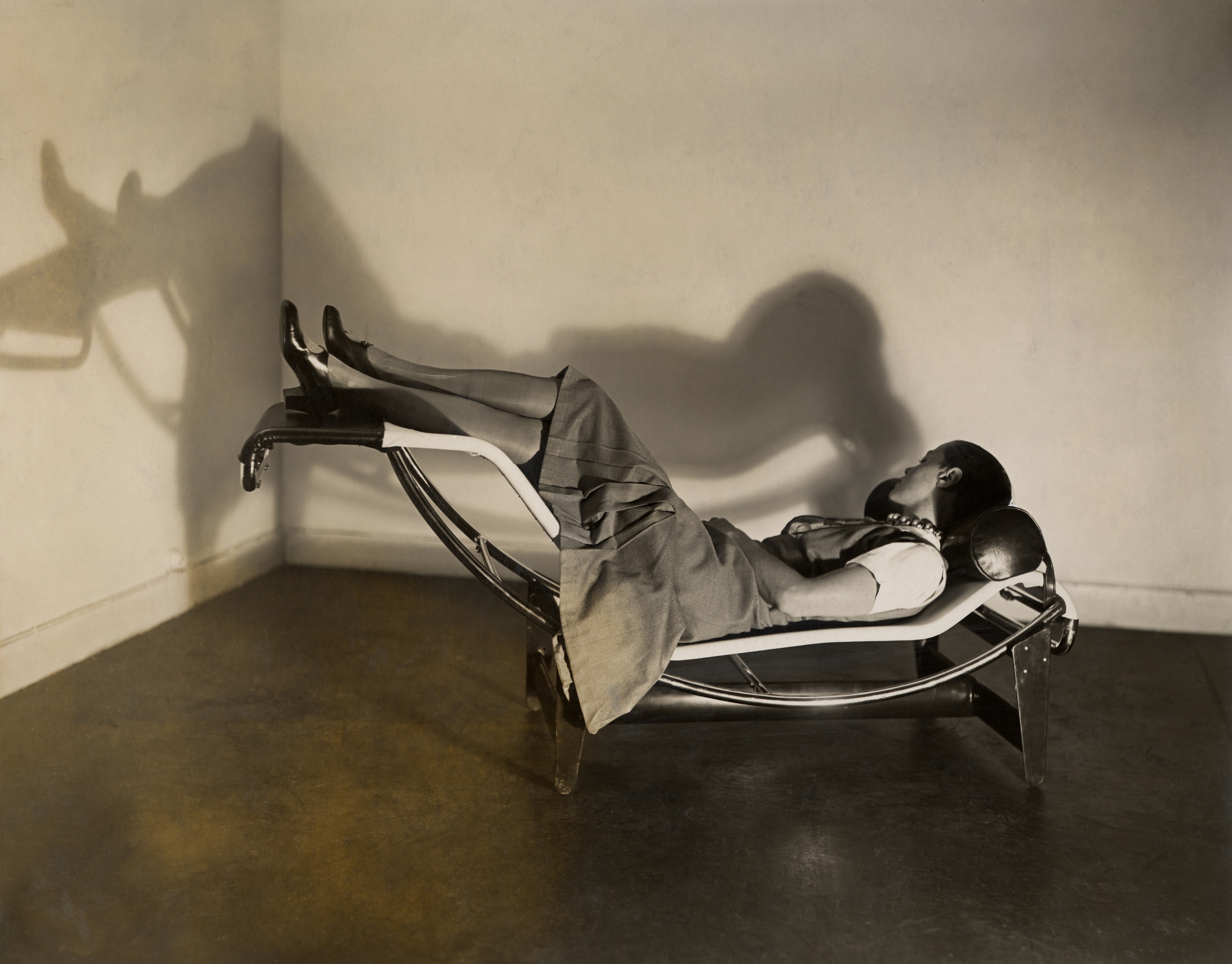Campana Brothers look back on 35 years of revolutionary design
On view at modernist Museum of Modern Art in Rio de Janeiro, ‘Campana Brothers – 35 Revolutions’ is a retrospective of the Brazilian designers’ impactful oeuvre

A new exhibition at the Museum of Modern Art in Rio de Janeiro (MAM Rio) pays tribute to the 35-year career of brothers Fernando and Humberto Campana. Titled ‘Campana Brothers – 35 Revolutions’, the major exhibition is a celebration of the incredible work by the duo, whose creative voice stretches far beyond the realms of design. In three and a half decades, the pair have produced works that merge the worlds of craftsmanship, furniture and social outreach, pop influences and the everyday vernacular in ways that have made the studio’s pieces some of the most iconic of contemporary design.
‘Campana Brothers – 35 Revolutions’
Taking over 1,800 sq m on the second floor of Brazilian architect Affonso Eduardo Reidy’s modernist building, this new show chronicles this history through a scenographic environment. The showcase has been designed by the studio in collaboration with local non-profit Spectaculu School of Art and Technology and curated by Francesca Alfano Miglietti, featuring the impressive archive, new launches and immersive installations.
At the entrance, a wall featuring 1,600 terracotta bricks shaped like an open hand (a nod to traditional Brazilian architecture) greets visitors and conceals the vast display. Inside, the exhibition floor is punctuated by over a hundred columns lined with piassava straw, dividing the space and the studio’s archives into loose themes such as Love, Dreams and Time, each represented by a selection of their most iconic furniture. All of their big hits are included, from the Cadeira Vermelha, the red rope chair inspired by traditional Brazilian Weaving and edited by Edra, to the unmissable chairs composed of stuffed toys (from Disney characters to the figures made by American artist Kaws).

Installation view of ‘Campana Brothers – 35 Revolutions’
Campana Brothers: 1985 – now
The exhibition highlights the brothers’ unique approach to design, and their revolutionary way of embedding local vernacular, craftsmanship, diverse points of view and contemporary thinking into their work. Each piece has a story – some demonstrate their efforts to work with and support local communities, some are a more whimsical example of their design brilliance.
‘One time we sent our Bubble Wrap Chair, made of sheets of bubble wrap secured by rivets, attached to a steel base, to an exhibition in Rio,’ Fernando and Humberto recall. ‘The chair was packed in a box in bubble wrap and shipped to the venue. When we arrived to check on the exhibition, the chair was absolutely destroyed. The crew who received it kept on peeling off the sheets, looking for the chair! Luckily it was an easy fix, as all we had to do was run to the office supplies store and replace the plastic sheets.’
When quizzed about the most important moment of their career, the pair has no doubt: it was their international debut, in 1998, at the Paola Antonelli-curated Projects 66 exhibition. ‘We shared the space with Ingo Maurer, already an established figure, who was incredibly generous with us, newcomers, creating a beautiful dialogue between North and South hemispheres through design,’ they explain. They have certainly come a long way since, with a plethora of overlapping projects and initiatives which have made their studio one of the most interesting operations existing in design today.


Above, Detonado Modular Shelf. Courtesy of Estudio Campana. Photography: Fernando Laszlo. Below, Man’s Best Friend sofa made in collaboration with Kaws.
Campana Brothers: the future and social programs
‘After 35 years, we still have a daily goal to keep the studio ahead of the curve in the way we think, elaborate and produce design,’ they add. ‘Our next step is to bring our ethos and disruptive approach to support our social design projects with Instituto Campana.’ This eponymous NGO was founded in 2009, with the aim of using design ‘as a transformation tool through social and educational programs’. Their goal for the future, they explain, is to join forces with organisations to offer new skills to local communities, assisting them to start their own businesses, teaching them about responsible use of materials, while at the same time, in true Campana style, ‘breaking the barriers of visual arts, design and architecture’.
Wallpaper* Newsletter
Receive our daily digest of inspiration, escapism and design stories from around the world direct to your inbox.
Remaining a priority is the brothers’ commitment to their home country: ‘we hope to help create a more sustainable production chain, diminish the social and economic gap we have in Brazil, and mostly, show people that with a little bit of self-esteem and confidence, they can build their world with their hands.’ Here’s to the next 35 years.
INFORMATION
‘Campana Brother: 35 Revolutions’ 14 March-12 May at Museum of Modern Art in Rio de Janeiro (MAM Rio)
mam.rio
Rosa Bertoli was born in Udine, Italy, and now lives in London. Since 2014, she has been the Design Editor of Wallpaper*, where she oversees design content for the print and online editions, as well as special editorial projects. Through her role at Wallpaper*, she has written extensively about all areas of design. Rosa has been speaker and moderator for various design talks and conferences including London Craft Week, Maison & Objet, The Italian Cultural Institute (London), Clippings, Zaha Hadid Design, Kartell and Frieze Art Fair. Rosa has been on judging panels for the Chart Architecture Award, the Dutch Design Awards and the DesignGuild Marks. She has written for numerous English and Italian language publications, and worked as a content and communication consultant for fashion and design brands.
-
 In search of a seriously-good American whiskey? This is our go-to
In search of a seriously-good American whiskey? This is our go-toBased in Park City, Utah, High West blends the Wild West with sophistication and elegance
By Melina Keays Published
-
 Esperit Roca is a restaurant of delicious brutalism and six-course desserts
Esperit Roca is a restaurant of delicious brutalism and six-course dessertsIn Girona, the Roca brothers dish up daring, sensory cuisine amid a 19th-century fortress reimagined by Andreu Carulla Studio
By Agnish Ray Published
-
 Bentley’s new home collections bring the ‘potency’ of its cars to Milan Design Week
Bentley’s new home collections bring the ‘potency’ of its cars to Milan Design WeekNew furniture, accessories and picnic pieces from Bentley Home take cues from the bold lines and smooth curves of Bentley Motors
By Anna Solomon Published
-
 Paola Lenti and Estudio Campana turn unwanted waste into playful seating
Paola Lenti and Estudio Campana turn unwanted waste into playful seatingItalian brand Paola Lenti and Brazil’s Estudio Campana stay in the pink with an eco-friendly and socially responsible debut collaboration
By Maria Cristina Didero Last updated
-
 Campana brothers’ wicker baskets delight at Expo 2020 Dubai
Campana brothers’ wicker baskets delight at Expo 2020 DubaiThe Campana brothers’ playful new basket designs are inspired by indigenous basketry
By Hannah Silver Last updated
-
 Saul Steinberg: behind the scenes at Triennale Design Museum
Saul Steinberg: behind the scenes at Triennale Design MuseumTriennale Design Museum and publishing house Electa present ‘Saul Steinberg Milano New York’, a new exhibition (until 13 March 2022) that pays homage to the American artist through 350 works. Join us for a behind-the-scenes peek at it's installation
By Rosa Bertoli Last updated
-
 Ten years of Muller Van Severen, at Design Museum Ghent
Ten years of Muller Van Severen, at Design Museum GhentA new exhibition by Belgian design duo Muller Van Severen (until 6 March 2022) features a retrospective of the studio’s ten years as well as a curation of pieces from the Design Museum Ghent collections
By Rosa Bertoli Last updated
-
 Noguchi show celebrates his reverence for Greece
Noguchi show celebrates his reverence for GreeceDesign show ‘Objects of Common Interest: Hard, Soft, and All Lit Up with Nowhere to Go’ opens in collaboration with Wallpaper* Designers of the Year, Objects of Common Interest, at the Noguchi Museum in Queens, New York (until 13 February 2022)
By Tilly Macalister-Smith Last updated
-
 ‘Design not for children, but for everyone’: Jewish Museum Berlin’s new play space
‘Design not for children, but for everyone’: Jewish Museum Berlin’s new play spaceOlson Kundig architecture and design practice brings kids’ play space ANOHA Children’s World to life inside a vast former wholesale flower market, at the Jewish Museum Berlin
By Hannah Silver Last updated
-
 A landscape of playful animals pops up at Design Museum Holon
A landscape of playful animals pops up at Design Museum HolonChild-centric designer Sarit Shani Hay presents an imaginary natural landscape that references Ron Arad's Design Museum Holon architecture and is inhabited by soft, cushioned sea lions, seals and bears
By Rosa Bertoli Last updated
-
 Charlotte Perriand’s life and work explored at London’s Design Museum
Charlotte Perriand’s life and work explored at London’s Design MuseumLondon’s Design Museum presents ‘Charlotte Perriand: The Modern Life’, an exhibition turned the spotlight on one of the most iconic creators of the 20th century
By Rosa Bertoli Last updated